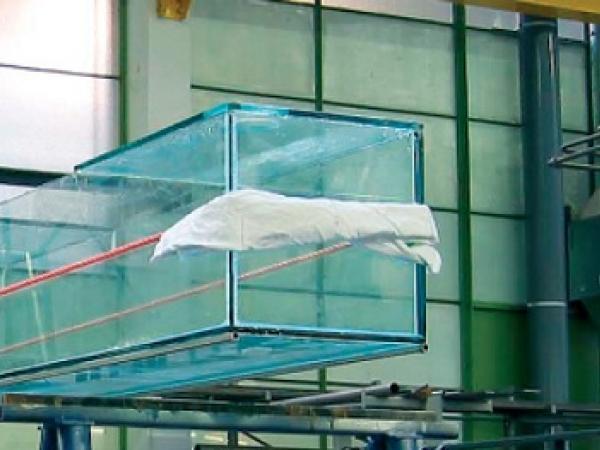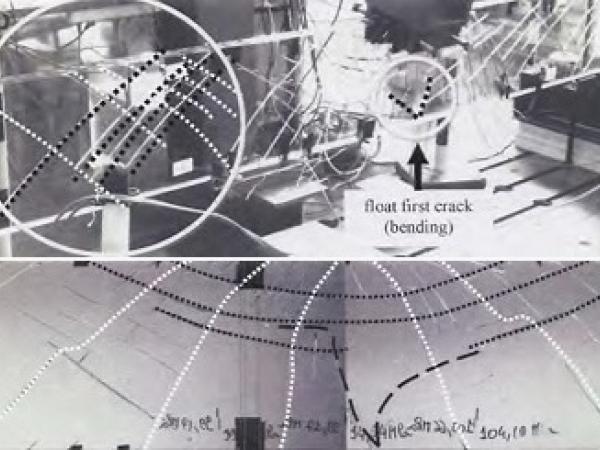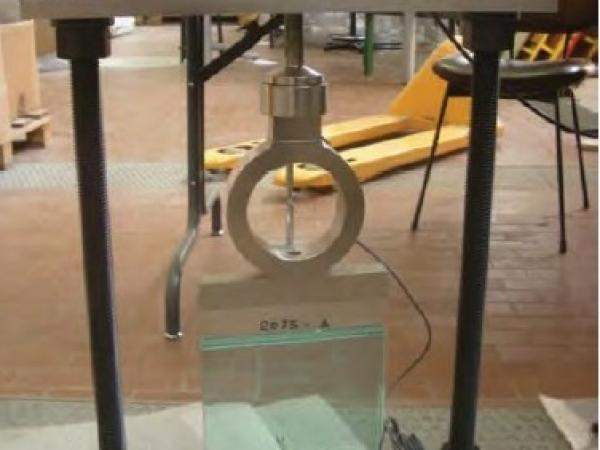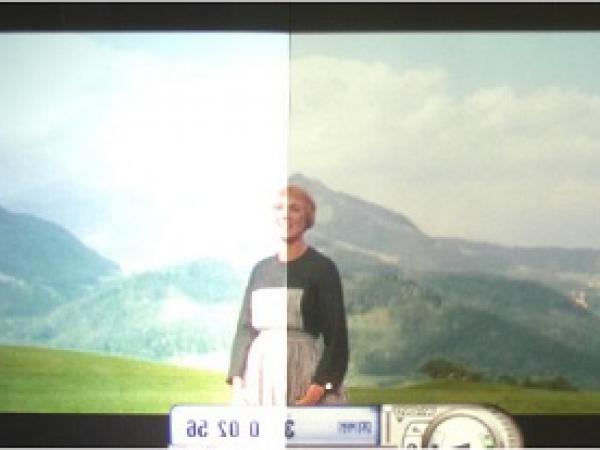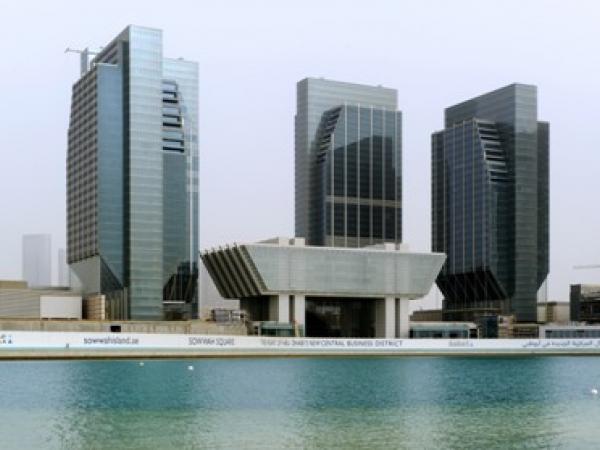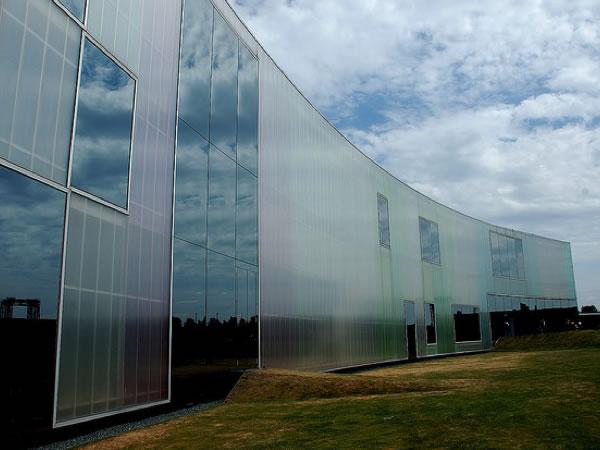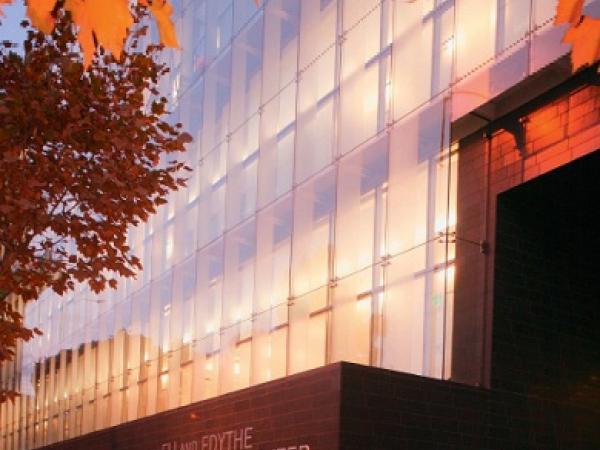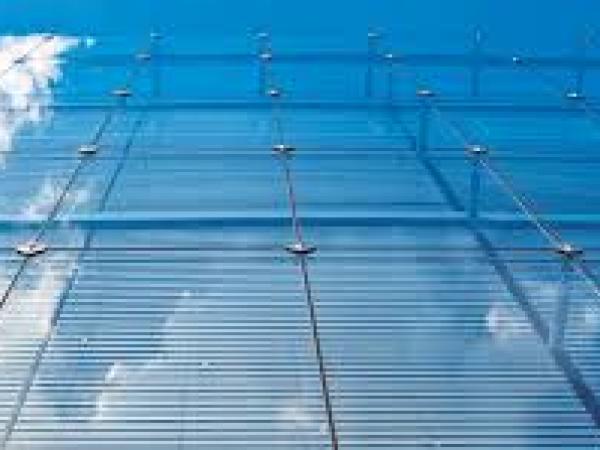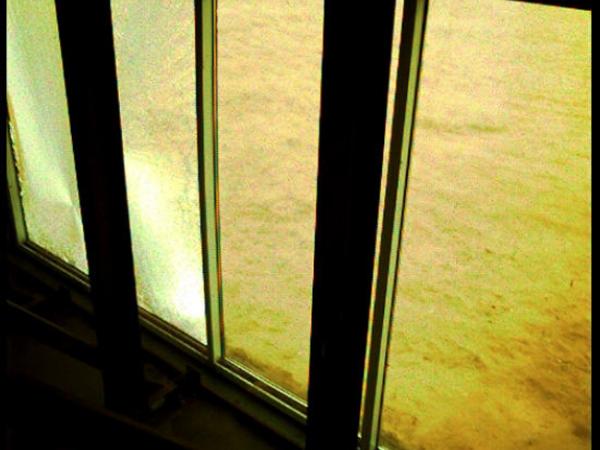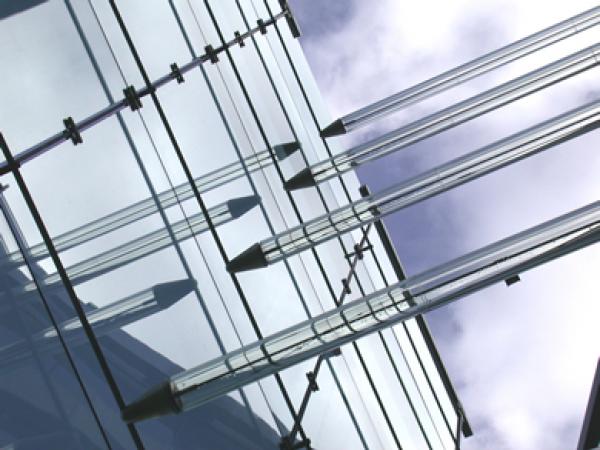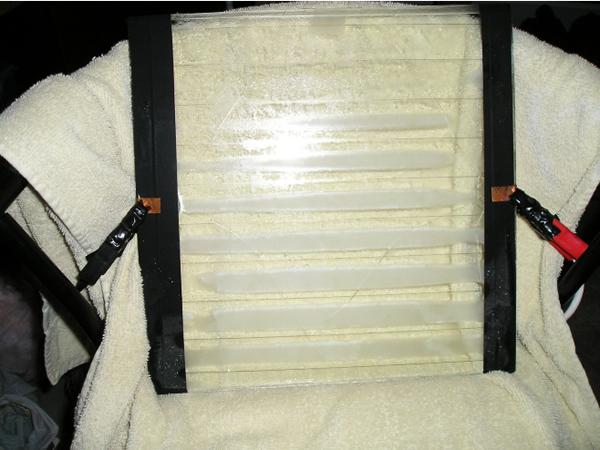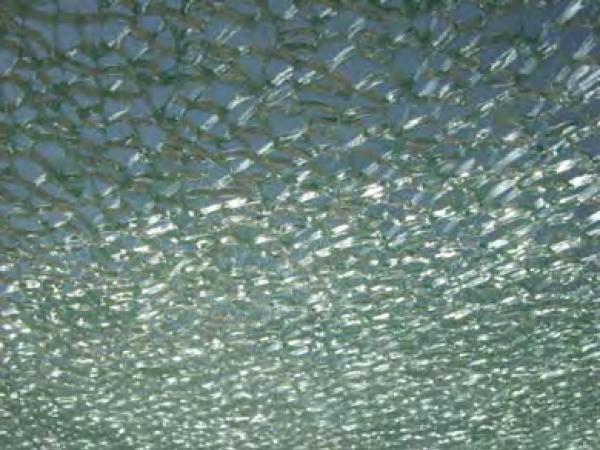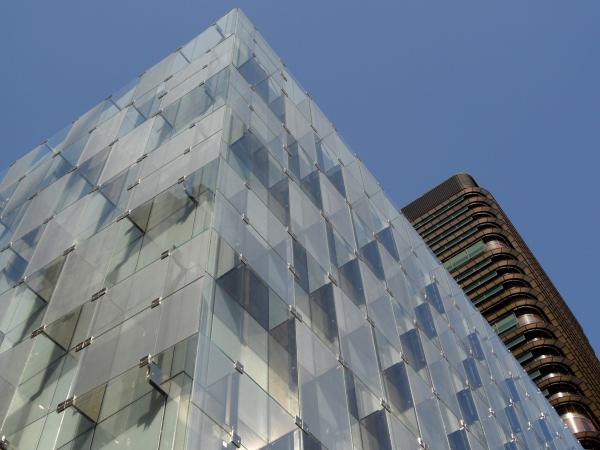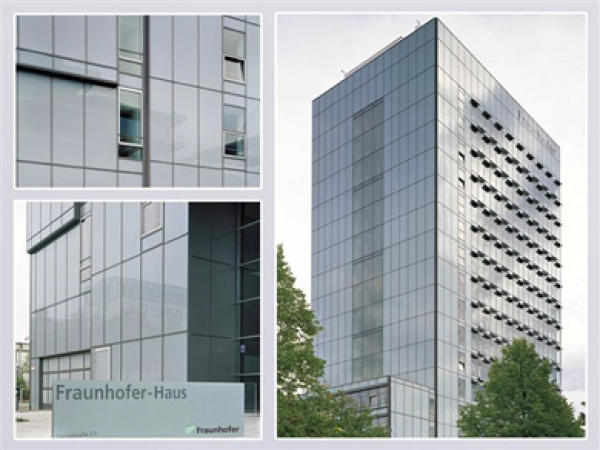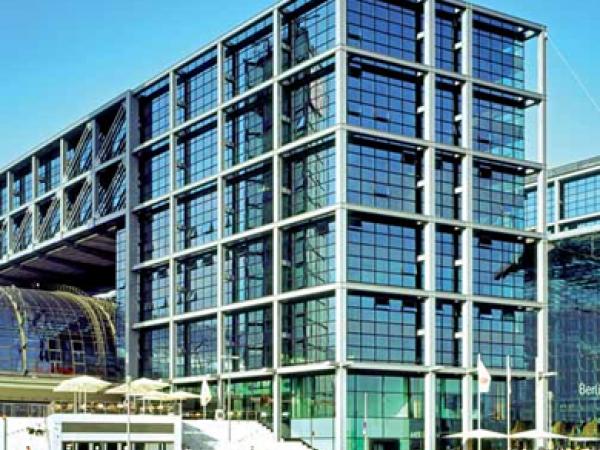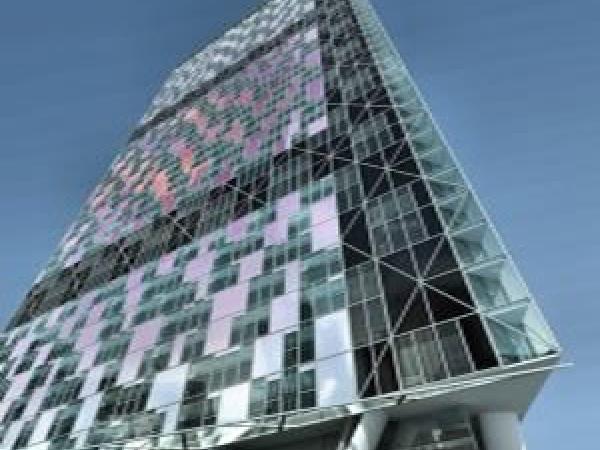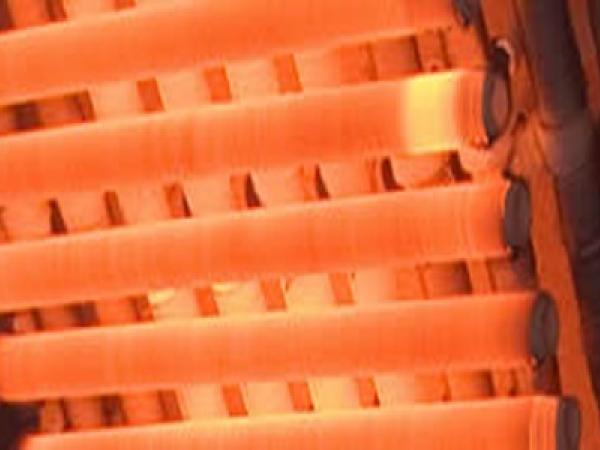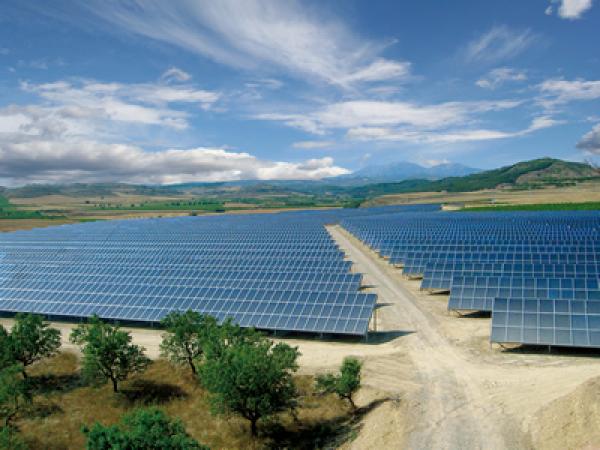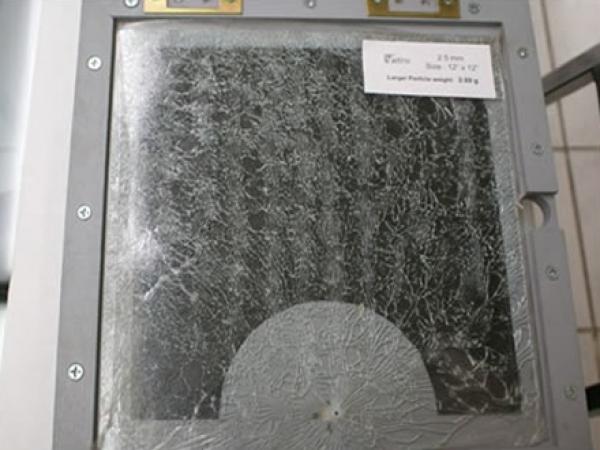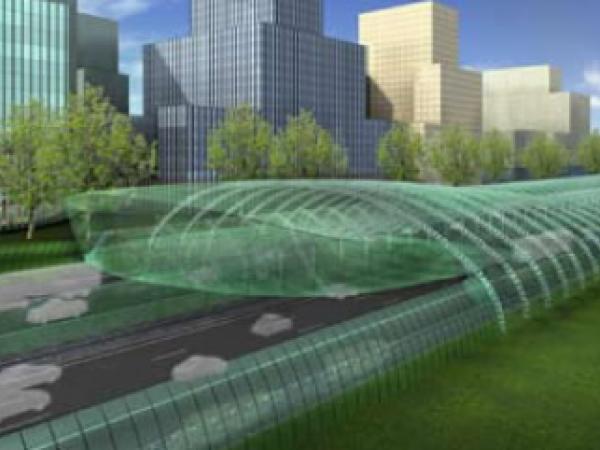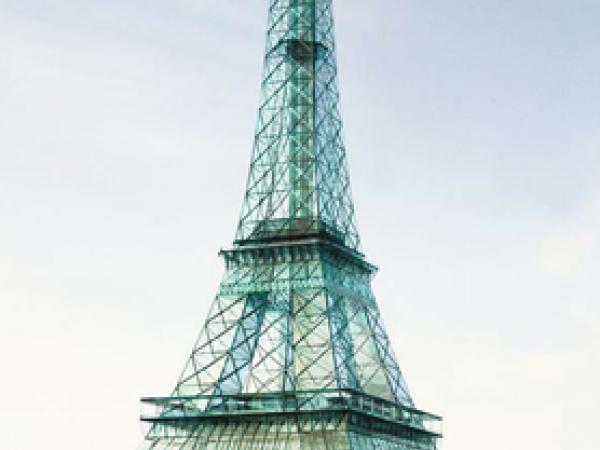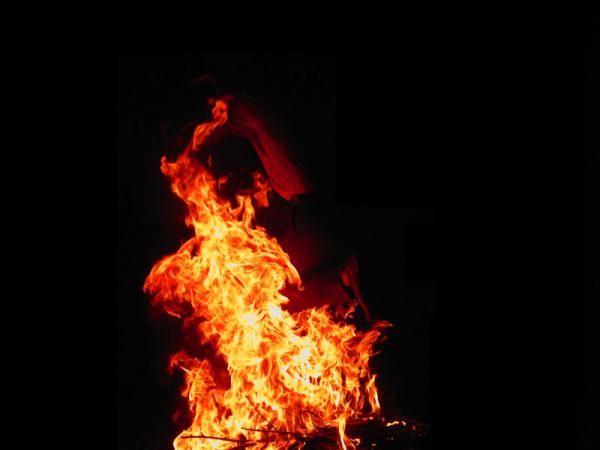Others also read
| The article presents an overview of research and applications of glass as structural material, cooperating with other materials: steel, timber, glass or carbon fibre composites.
| With maximum light capture being a major part of the design brief, the new John and Frances Angelos Law Center, the home of the University of Baltimore School of Law, is a fascinating example of how DuPont™ SentryGlas® can be deployed for both functional and aesthetic purposes.
| Differently from traditional structural materials, the structural behaviour of laminated glasses exhibits some anomalies due to the difference in the stressstrain laws of their components: glass is a brittle material, while PVB and SGP are thermoplastic materials with a visco-elastic behaviour.
| Laminated glasses consist of two or more glass sheets bonded together with plastic interlayers. The lamination gives to LGs a safer behaviour than monolithic glasses, avoiding injuries to people in case of breakage.
| In various applications of liquid crystal (LC) films, people always want the lowest haze at clear state and the highest opacity or scattering at opaque state.
| DuPont™ SentryGlas® provides high resistance to temperature and humidity on facade for Sowwah Square towers in Abu Dhabi
| At Arup, working with different specialists creates many opportunities to learn from each other. Sometimes one forgets that engineers who know everything about dark matters as climatic loads in glass or intricacies of structural silicone may not have a clue about the acoustic performance of a window
| The Planar | DuPont SentryGlas system represents the latest advance in frameless glazing, providing architects, designers, glazing contractors and building owners with enhanced strength, safety, security and durability.
| The architectural façade has long been a compelling focus of interest for building scientists and designers alike, combining attributes of both appearance and performance in a manner unlike any other building system.
| A growing global concern over terrorist activities has resulted in an increasing number of architectural specifications that require security glazing.
| Approaching the built environment from the point of view of phenomenal light allows James Carpenter to consider the luminous qualities of glass and other materials and the experiential qualities of light as a primary concern of architectural design.
| glassonweb.com dedicates the weekly focus to a technical article titled "A Sealed System for Heatable Glass - A New Product; the article is written by Prem Boaz, President of Glass Products Consulting LLC in Port Orange, Fla..
| SSV tested thousands of glass panes from 2000 according to the European Standards for thermally toughened safety glass EN 12150 and according to EN 1863 for heat strengthened glass.
| The new headquarters of one of the Worlds largest fashion groups features a glass curtain wall that combines the established benefits of DuPont SentryGlas interlayer with the new architectural fabric, SEFAR Architecture Vision, for a stunning visual effect.
| Previously, toughened safety glass; now, laminated safety glass: A cost-efficient new facade at the Fraunhofer headquarters in Munich was made possible by using laminated safety glass made with strong, stiff DuPont™ SentryGlas® interlayer, allowing re-use of the existing support structure.
| Energy savings are an essential part of any new or renovated building. These can be obtained by means of insulation, special glazing and the use of particular materials.
| Firstly, it would be great if everyone in the glass industry refrained from calling this product “bullet proof” I seriously doubt if anything is ultimately bullet proof, bullet resistant is indeed the correct terminology and within the industry this is abbreviated to BRG.
| Chromatics is a modern, lightweight, shatterproof safety glass with a number of unique features that are changing conventional thinking throughout the worldwide cladding and glazing markets.
| Benefits of the tempered glazing are well known and the tempered glazing is being utilized more and more in many different applications. Manufacturing technology in this area of safety glazing is developing fast.
| PVB is increasingly assuming the leading role among alternative encapsulation materials for solar cells as the alternatives to Ethylene-Vinyl-Acetate (EVA)
| Advantages of the use of Radio Wave energy in the forming of glass and of tempering thin glass of less than 3.00mm. Some of the inherent problems in the conventional thermal tempering of thin glass are also presented.
| The article written by Mr. László Vákár and presented at the GPD 2009.Air pollution is high on the political agenda worldwide. Emissions have to be reduced.
| In recent years, not only have architects discovered laminated safety glass as a building material, but they have also learnt to better exploit its exceptional structural and design performance.
| Wrightstyle Limited is one of the UK’s most innovative steel glazing specialists with an international client base. Lee Coates, the company’s technical manager, explains the mechanics of fire and fire safety.
| The variables that relate to this occurrence are as follows:- Size and weight of person- Part of the body that impacts

